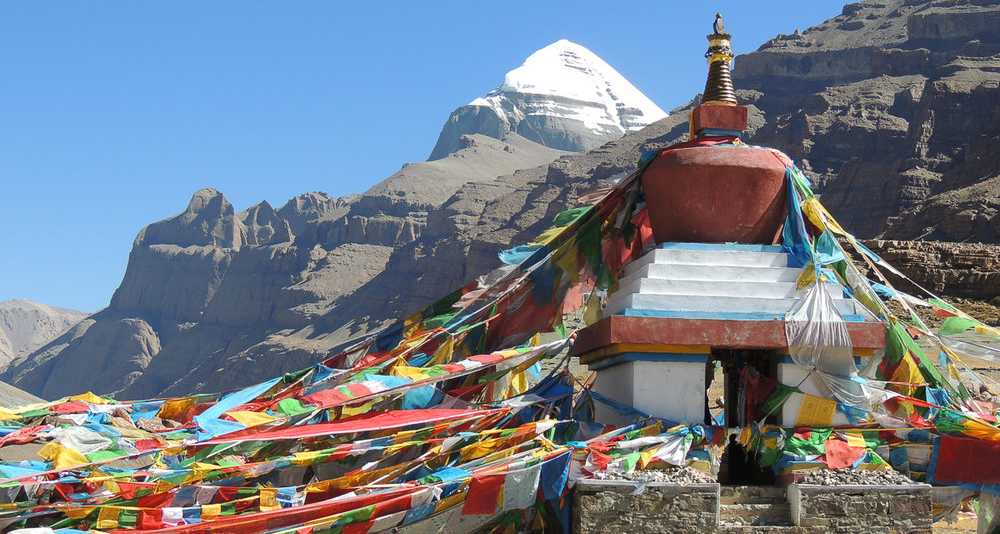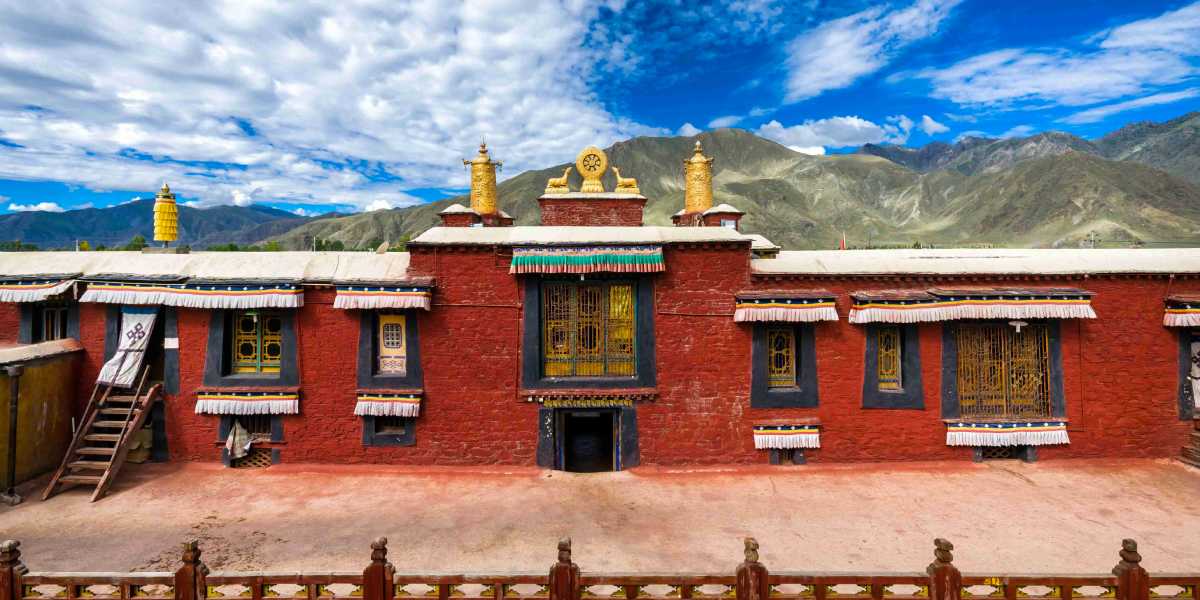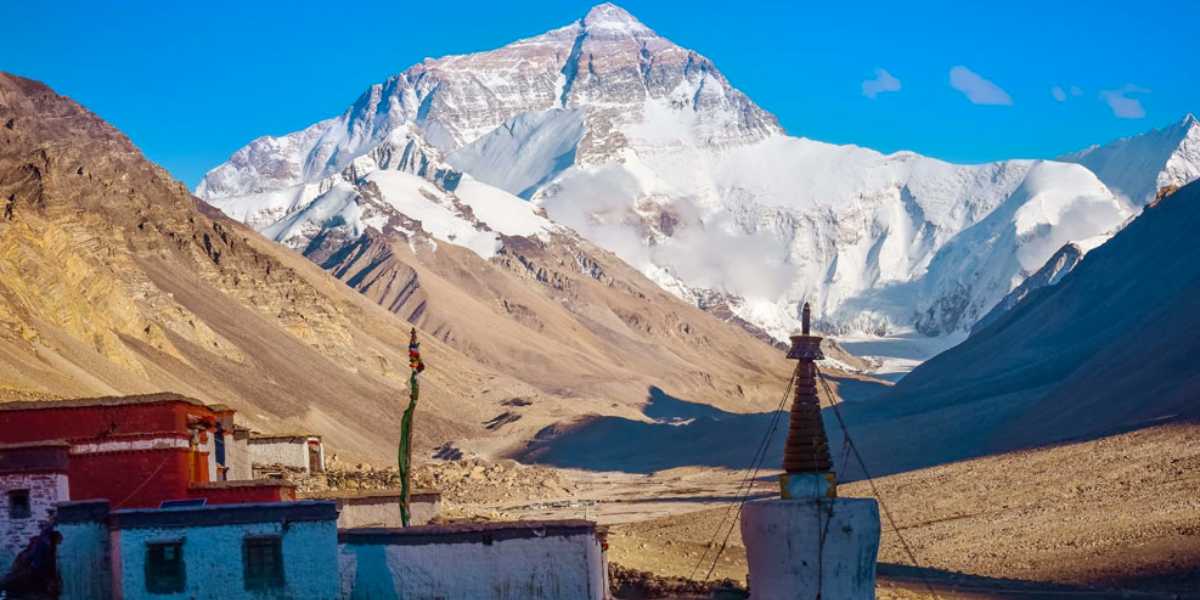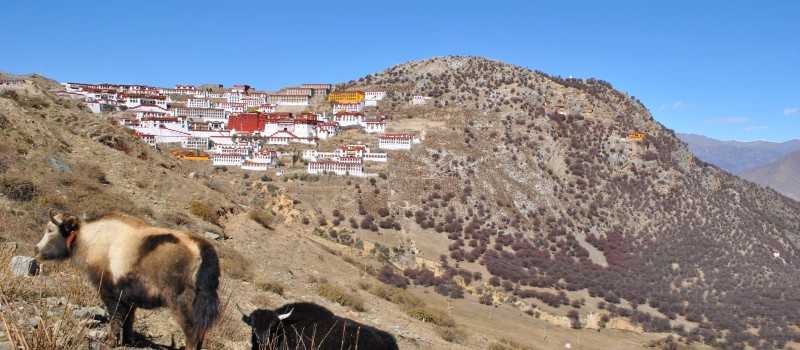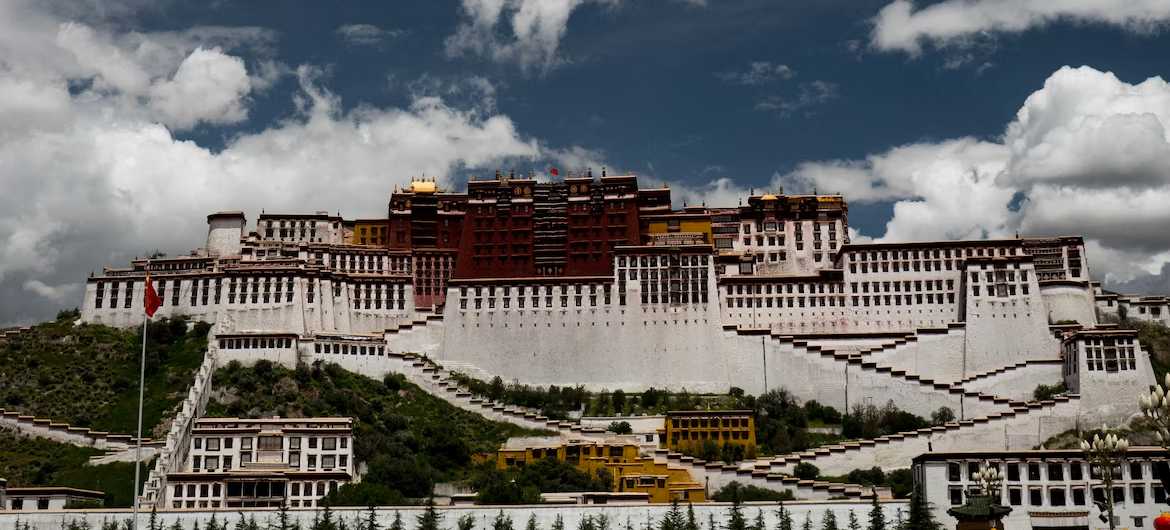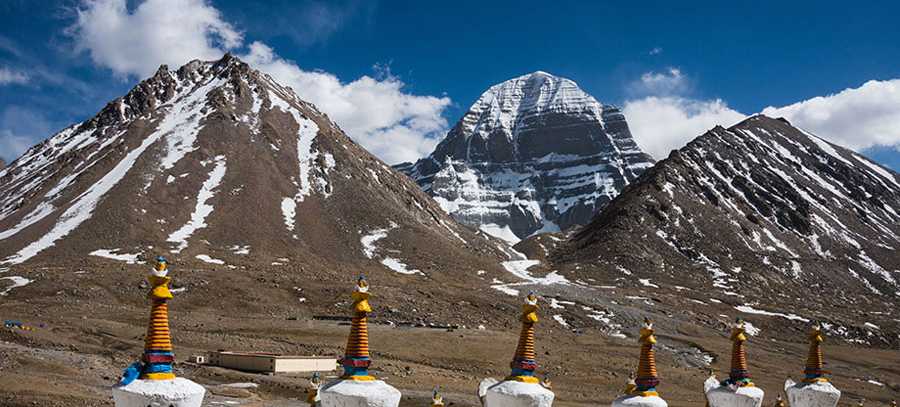Weather in Tibet
Tibet has similar seasons to China, though with lower temperatures due to the higher altitudes. Winters (November to March) are cold (the average temperature in January is -2°C) but there isn’t all that much snow. Summers (May to September) have warm days with strong sunshine and cool nights. At higher elevations (above 4000m) even summer days can be chilly. During spring and autumn, you need to be prepared for four seasons in one day, including the possibility of snowfall.
There are some regional variations; northern and western Tibet are generally higher and colder. The monsoon affects parts of Tibet (particularly eastern Tibet) from mid-July to the end of September (July and August bring half of Tibet’s annual rainfall).
When to go to Tibet?
The climate is not such a major consideration when visiting Tibet as many people might imagine. For a place nicknamed ‘The Land of Snows’, there’s a surprising lack of snow. The boom in domestic tourism means that Lhasa swells with Chinese tourists in the summer and particularly in the week-long holidays around 1 May and 1 October. Finding accommodation can be trickier during these weeks, so try to have something nailed down by lunchtime. Winter is very cold, many restaurants are shut and snow can close mountain passes, but some travelers swear by the winter months. There are few travelers about at this time and Lhasa is crowded with drops (nomads). The average temperature in January is -2°C.
Spring, early summer, and late autumn are probably the best times to visit Tibet. March is a politically sensitive month in the country and there is an occasional tightening of restrictions on travelers heading into Tibet at this time, but the weather’s pretty good. April brings reliable weather in eastern Tibet and discounts on accommodation and vehicle rental in Lhasa. Mt Everest is particularly clear during April and May.
From mid-July through to the end of September the monsoon starts to affect parts of Tibet. (The months of July and August bring half of Tibet’s annual rainfall.) Travel to western Tibet becomes slightly more difficult, the roads to the east are temporarily washed out and the Friendship Hwy sometimes becomes impassable on the Nepal side or on the border itself.
Trips to Mt Kailash can be undertaken from April to October, although September and October are considered the best months. October is also the best time to make a trip out to the East. Lhasa and its environs don’t get really cold until the end of November.
It’s worth trying to time your trip with one of Tibet’s festivals. New Year (Losar) in January or February is an excellent time to be in Lhasa, as is the Saga Dawa festival in April or May.

